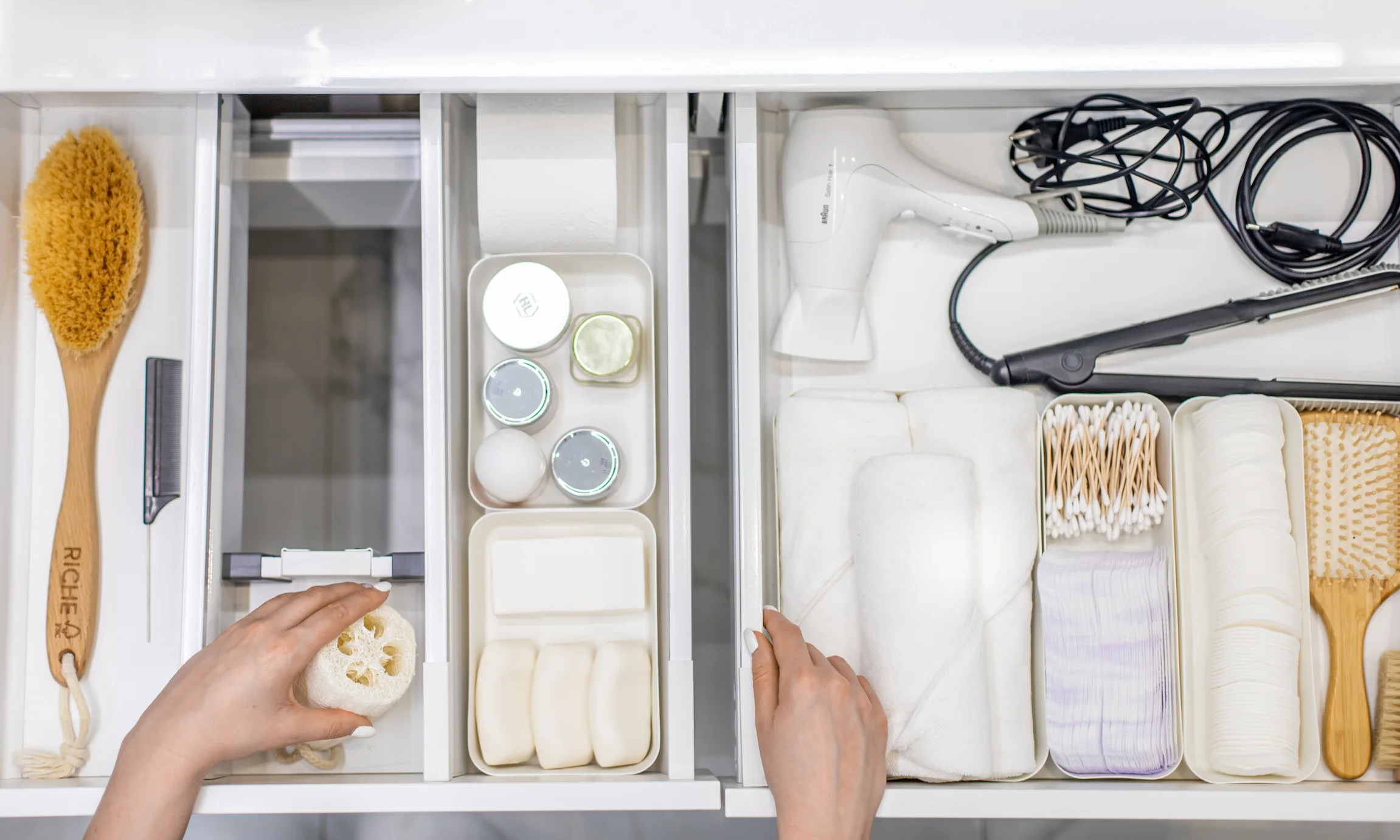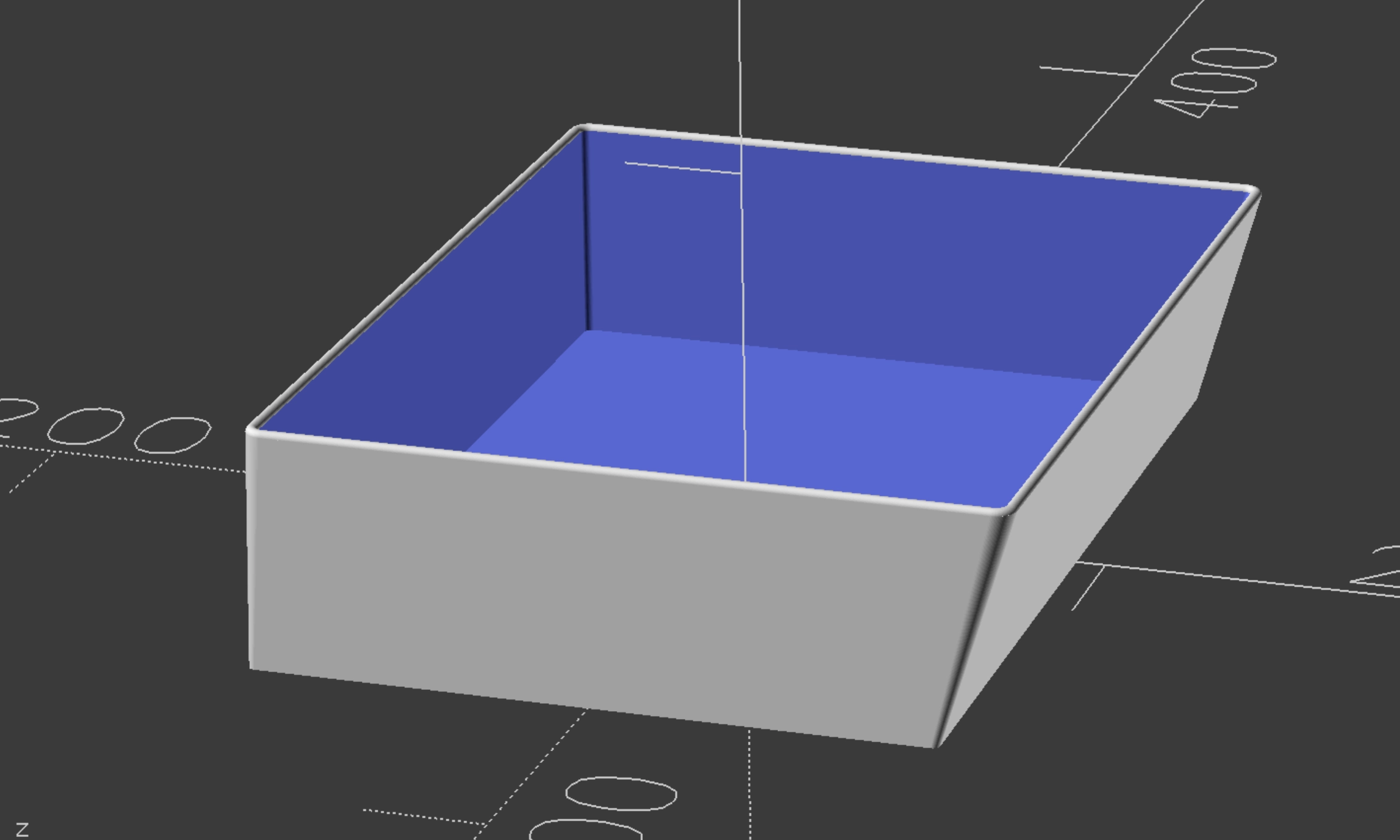
A deep pantry is the kitchen’s best-kept secret and worst-kept mess—until you give it structure. That’s when the black hole becomes a storage universe. Tidy. Functional. Dare we say… delightful?
We spoke with professional organizer Tina Patel, who knows a thing or two about taming deep pantries. She’s sharing her top tricks for turning cluttered chaos into a crucial area of your kitchen that works for you—not against you.
Deep pantries are bigger than they look—and that’s exactly the problem. It’s easy to toss things in without a plan, but without structure, they fill up fast and get out of control.
According to Tina, the biggest issue with deep pantries is exactly that: “overstuffing.” She says people fill them “so much that they don't know what’s back there. Items get pushed way far back; and are easily forgotten.” Which is the exact moment the pantry goes from helpful to haunted.
This is especially rough when food gets shoved out of sight—only to expire in peace while its replacements keep piling up. Add bulky appliances, Costco-sized paper products, and “I’ll use this eventually” gadgets into the mix, and the whole space becomes less pantry, more punishment. Even the simple act of pulling something out becomes a logistical event. You shouldn’t need a search party to find a can of soup.
A deep pantry isn’t just a cabinet. It’s a system. And the key to that system is categorization.
Tina lays it out clearly: “Create categories and stations; then you can determine the best bins you need to make the space functional. The goal is to create groups and categories of items, and determine what makes sense for you. There is no right or wrong answer; it really comes down to what makes sense for you and your family.”

Think of your pantry like a library. Books aren’t just stacked in a heap—they’re sorted by genre, author, or topic. The same logic applies here. Start by taking stock of what you have, then group similar items together. That’s the foundation of a system that actually works.
Here’s how to kick things off:
And while you're at it? Start a running pantry inventory. You don’t need a fancy app. Just a notepad or dry-erase board inside the door can do wonders for helping you keep track of what’s in there (and what’s about to expire).
Once you’ve categorized your pantry haul, it’s time to give everything a home. Tina’s a fan of creating dedicated sections, like a paper product zone: “Creating a paper products section makes it convenient when guests pop over, and you need to pull out extra cups, plates and utensils.”

Here are some other smart zone ideas to build out your deep pantry:
Pro tip: Store items in clear bins with handles so you can slide them out and see everything without digging. The bins act like makeshift drawers and prevent that dreaded “pantry shuffle.”
You’ve got categories. You’ve got zones. Now let’s talk layout.
Your pantry needs a game plan. Here’s how to map it out for everyday sanity:
Tina recommends risers because “Risers are great to place all the way in the back, to make items visible.” Combine them with your bins and FIFO system, and you’ll finally be able to see what’s in there—without unloading the entire shelf.
Also: add lighting. Whether it’s motion-sensor LED strips or a simple battery-powered puck light, visibility can make or break your pantry’s usefulness.
You don’t need a contractor to upgrade your deep pantry. Just a few smart tweaks.
Tina’s favorite hacks:
Here are a few more worth adding:
Every one of these tricks adds up to more space, better access, and way fewer expired granola bars.
A deep pantry doesn’t have to be a pit of despair. With structure, zones, and a few clever tweaks, it becomes one of the most functional spaces in your home. Organize it once, and your future self will never stop thanking you.

